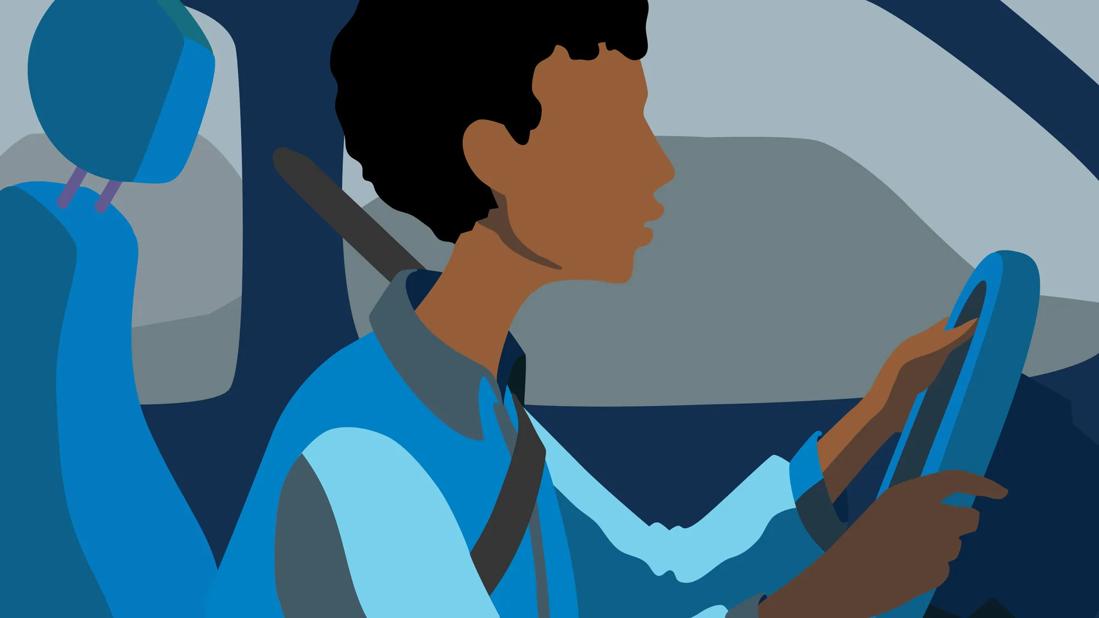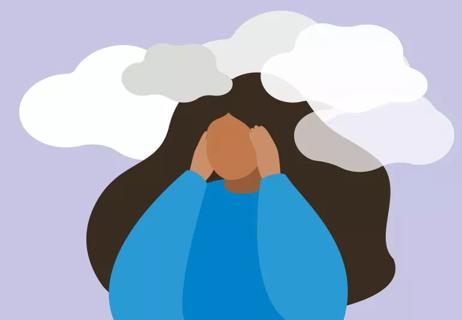These intrusive thoughts are common and fleeting, and aren’t often a cause for concern, unless you have other mental health symptoms

If you’ve ever had the abrupt thought of jumping off a very tall building or another high place, you’ve experienced “the call of the void.” This phenomenon, though scary, is quite common and usually doesn’t reflect true intentions or suicidal thinking.
Advertisement
Cleveland Clinic is a non-profit academic medical center. Advertising on our site helps support our mission. We do not endorse non-Cleveland Clinic products or services. Policy
Psychologist Lauren Alexander, PhD, explains the nature of this phenomenon and how to protect yourself from any real dangers.
The call of the void describes the sudden, unexplained desire to participate in dangerous or self-destructive behaviors. Also called “the high place phenomenon (HPP),” these intrusive thoughts usually involve the idea of jumping or falling from high places. Other examples of this involve thoughts of:
These moments are always fleeting and they happen with no real reason or cause. Researchers have found that the call of the void occurs more often among people who have more sensitivity to anxiety and low levels of suicidal ideation. In fact, many people experience this phenomenon without ever considering suicide. Some research suggests people living with obsessive-compulsive disorder or specific phobias might experience this sensation more often because of a tendency to hyperfocus on the thought itself.
“We don’t really know what causes this phenomenon, but there may be some confusion between recognizing danger and your brain’s impulse to act on it — even if you don’t actually want to,” says Dr. Alexander.
Advertisement
If the call of the void happens, here’s what you can do:
“Imagine your thoughts are a bouncy ball: If you keep trying to throw them away, they’re going to ricochet and come back to you. This is why you can’t just shove thoughts out of your mind,” illustrates Dr. Alexander.
“The sooner we can work on accepting that our thoughts are just thoughts, the easier it will be to live a life successfully where we’re not preoccupied with random thoughts about things that really don’t speak to who we are or what’s important to us.”
You should make an appointment with your primary care provider or a therapist if:
“If these thoughts are recurring over and over and you’re experiencing other mental health symptoms, you might want to get an evaluation to see what’s going on with your overall health,” suggests Dr Alexander.
If you’re ever in a crisis or need immediate help, you can text, call or chat with the 988 Suicide and Crisis Lifeline. Or you can look to other crisis lines from around the world if you live outside of the United States.
Advertisement
Learn more about our editorial process.
Advertisement

Cognitive distortions are ‘thought traps’ that keep you from objectively interpreting your thoughts

Grounding techniques, cognitive defusion and various types of talk therapy can all help

These unwanted thoughts, images or urges are often violent, disturbing and not aligned with your values — but they don’t mean you want to act on them

Inductive and deductive reasoning are thought patterns your brains uses to help you make decisions

Brain fog has many symptoms and many possible underlying conditions

If you find yourself obsessing over rejection or a one-sided relationship, you’re likely stuck in limerence

Physical activity can help preserve and improve your cognitive function and fend off dementia, stroke and other health concerns

Going numb may be your brain’s way of protecting you from trauma, depression, anxiety and overwhelm

The best parenting style balances enforcing rules and showing plenty of love

Tips include cutting back on sugar, focusing on exercise and managing stress

It can be harder to let go when you’ve invested time, energy and emotions — but it might be the healthier choice long term